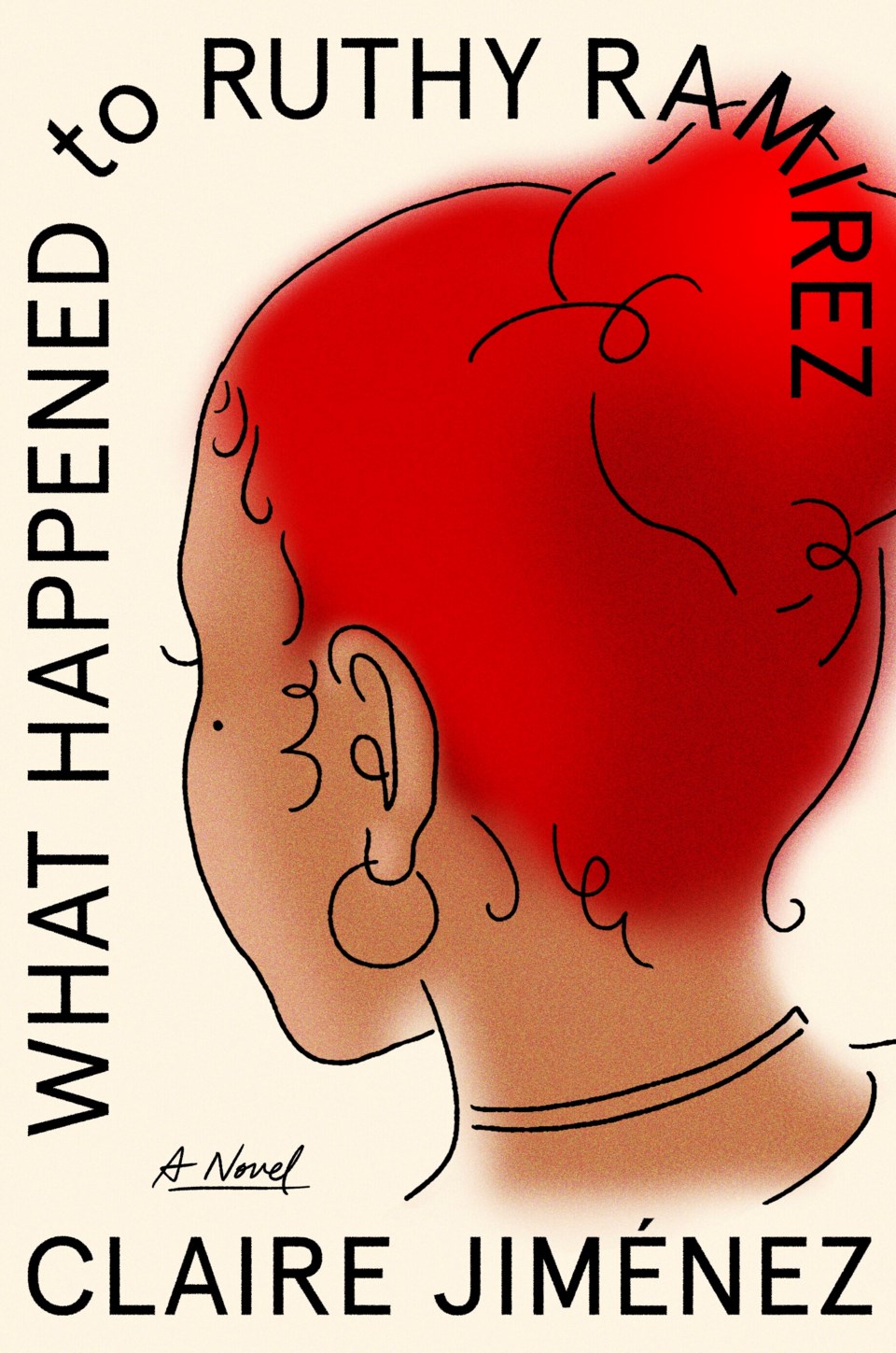“What Happened to Ruthy Ramirez” by Claire Jimenez (Grand Central)
If true crime is your guilty pleasure, you absolutely must find out what happened to Ruthy Ramirez.
One cold November day in 1996, 13-year-old Ruthy doesn’t come home from track practice after school. Over a decade later, a woman who looks just like Ruthy appears on reality TV show “Cat Fight,” going by the name Ruby. “What Happened to Ruthy Ramirez,” the compelling true-crime-style debut novel by Claire Jimenez follows the Ramirez family as they pick up the search for Ruthy.
Missing persons are disproportionately Black or brown and rarely found — something the author and her characters are well aware of — leaving the Ramirez family torn when they see Ruby on TV.
Jess, Ruthy’s older sister, is convinced the moment she sees her. All she has to do is find an excuse to have her mom watch the baby and get a weekend off from work to drive out to where “Cat Fight” films. Ruthy’s younger sister, Nina, is the hardest to convince. But as a fresh college graduate during the 2008 financial crisis — and with a dead-end retail job as the only thing tying her down — she agrees to help track down “TV Ruthy.”
As the sisters sneak around their uber-religious, strict Puerto Rican mother, family dysfunctions resurface. Work, church and family drama provide subplots that open up conversations on identity, trauma and opportunity.
But it’s also a light, easy read. Jimenez’ style is thoroughly conversational, complete with an arsenal of curse words that would’ve made my 13-year-old self proud. She sprinkles in jokes and wordplay, counterbalancing the heavy topics — including sexual abuse and violence — and rounding out her characters as more than the sum of their tragedies.
Meanwhile, Ruthy tells the story of the day she disappeared — a day almost like any other in which she fights with her mom, navigates a precarious middle school cafeteria and tries to understand the shattered relationship with her former best friend.
Jimenez keeps readers anticipating the moment we’re all morbidly curious about: Ruthy’s disappearance. Did she run away as Nina thinks? Or is Jessica right and she was kidnapped? By whom?
We don’t find out until the very last pages what happened to Ruthy Ramirez.
And really, the book isn’t about that anyway. It subverts the often trauma-porn-ridden true crime genre and instead centers on the family losing and regaining hope, living life with a big, mysterious, Ruthy-shaped hole in it.
Donna Edwards, The Associated Press


